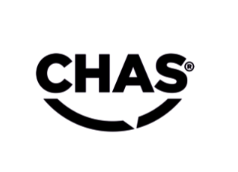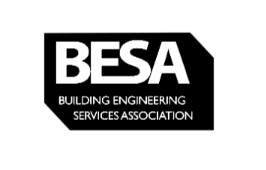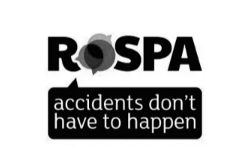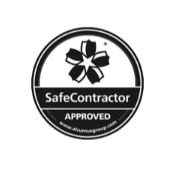When it comes to washroom hygiene, ensuring proper hygiene is paramount for the health and well-being of staff and visitors. In washrooms that are commonly used by children and families, specific steps may need to be taken to facilitate improved hygiene of children.
After all - children are more susceptible to infections and illnesses, and are less likely to have hygienic habits.
By taking steps like we’ve listed below, these issues can be mitigated, improving health and safety for children and adults alike:
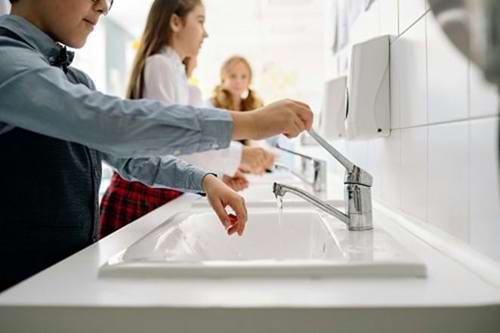
Understanding the Unique Needs of Children
Children have unique needs when it comes to bathroom facilities. They are often at the stage of learning and developing good hygiene habits, and the public washroom environment plays a crucial role in shaping these habits. Here are some key factors to consider:
1. Accessible Fixtures:
Children may struggle to reach standard-height sinks, soap dispensers, and paper towel dispensers. Installing fixtures at a lower height ensures that they can independently access these essentials, promoting a sense of autonomy and encouraging proper hygiene practices.
2. Colourful and Child-Friendly Decor:
A restroom designed for children should be visually appealing and inviting. Consider using bright colours, playful designs, and child-friendly themes to create a restroom environment that feels welcoming. This can make the experience more enjoyable for children, encouraging them to use the facilities and follow hygiene routines.
3. Educational Signage:
Incorporate age-appropriate and simple signage that illustrates proper hygiene practices. Visual cues can be powerful tools for teaching children the importance of washing hands, using tissues, and disposing of waste properly.
Promoting Handwashing Habits
Hand washing is a fundamental hygiene practice that children should learn from a young age. Proper hand washing helps prevent the spread of germs and reduces the risk of illnesses. Here are some tips for promoting handwashing habits in children:
1. Use Child-Friendly Soap:
Provide soap with pleasant scents and colourful packaging to make handwashing a more enjoyable experience for children. Consider soaps with moisturising properties to prevent skin dryness, as children may be more sensitive to harsh chemicals.
2. Teach the Right Technique:
Clearly demonstrate and explain the proper handwashing technique to children. Emphasise the importance of washing between fingers, under nails, and the backs of hands. Encourage them to sing a short song or count to 20 to ensure they wash their hands for the recommended duration.
3. Provide Step Stools:
Ensure that step stools are available near sinks so that children can easily reach the water and soap. This small addition promotes independence and helps children feel more in control of their hygiene routine.
4. Hand Dryers vs. Paper Towels:
Consider the preferences of your young users when it comes to hand-drying options. Some children may find hand dryers noisy and intimidating, while others may prefer the simplicity of paper towels. Offering both options caters to different comfort levels. Hand dryers, if used, should be installed at a low enough height to be easily accessible to children.
Addressing Toilet Training and Cleanliness
Toilet training is a significant milestone for young children, and creating an environment that supports this process is essential.
Additionally, maintaining cleanliness in and around toilet areas is crucial for preventing the spread of germs.
Here are some considerations:
1. Child-Friendly Toilet Fixtures:
Consider installing toilets with smaller seats or adjustable seats designed for children. This ensures comfort and security during toilet training, making the experience less intimidating. In male washrooms commonly used by children, urinals should also be placed lower on the wall in order to be more accessible.
2. Provide Wipes and Tissues:
Stock the restroom with flushable wipes or tissues for children to use. Teaching them to wipe properly after using the toilet is an important hygiene lesson. Make sure to include a child-friendly waste disposal system for used wipes.
3. Regular Cleaning and Maintenance:
Establish a robust cleaning schedule with a washroom hygiene specialist such as phs, in order to ensure that restroom facilities are regularly sanitised. Pay extra attention to high-touch surfaces such as toilet handles, taps, and doorknobs. Regular maintenance also helps address any issues promptly, ensuring a safe and functional restroom environment.
Dealing with Common Challenges
Children's restrooms often come with their own set of challenges. Addressing these challenges proactively contributes to a smoother and more hygienic experience for children, parents and other visitors alike:
1. Avoiding Fearful Experiences:
Some children may feel anxious or fearful in unfamiliar restroom environments. To mitigate this, ensure that the restroom is well-lit, and consider using motion-activated night lights for added comfort.
2. Encouraging Independence:
Foster a sense of independence by providing child-sized toilets, sinks, and other fixtures. This empowers children to take responsibility for their hygiene routines, leading to the development of lifelong habits.
3. Educating Caregivers:
Communicate with parents, teachers, and caregivers about the importance of reinforcing good hygiene practices at home and in school. Providing educational materials and resources can support consistent messaging across different environments.
As we have explored, creating a hygienic and child-friendly restroom environment involves thoughtful design, education, and regular maintenance. By understanding the unique needs of children and addressing specific challenges, we can contribute to the development of good hygiene habits from an early age. Not only is this beneficial for all visitors, but it increases brand loyalty and comfort for visitors and customers. Together with phs, your organisation can create restroom spaces where children can feel comfortable, confident, and cared for.
Professional Washroom Hygiene Services and More
At phs, we are the UK’s leading supplier of hygiene services, cleaning and consumables for washrooms.
With over 120,000 customers at over 300,000 locations, supporting everything from restaurants to offices, and from hospitals to schools, we meet the needs of up to 100 million people. This includes customising washroom setups for children as and when necessary.
To learn more about our washroom services or to discuss children’s needs in your premises, consider getting in touch today.






























